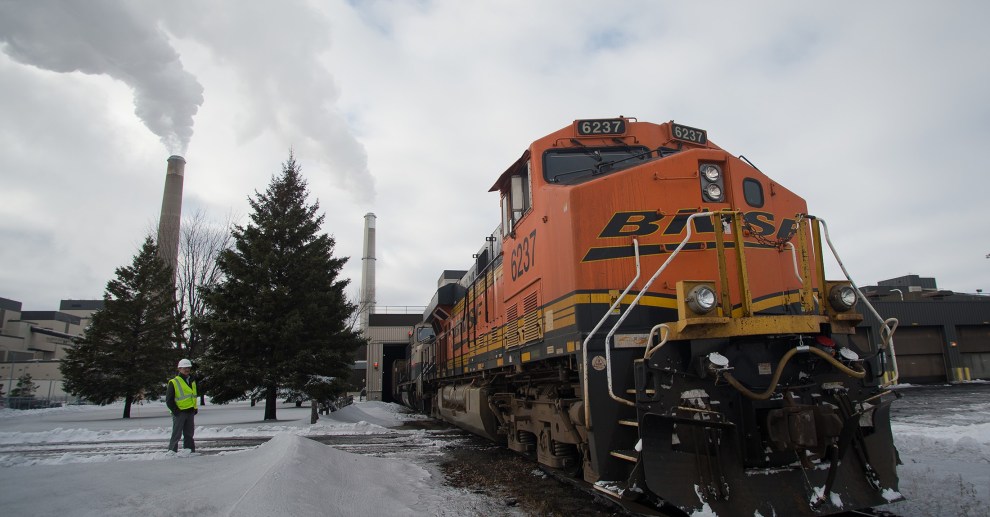Here’s some good news for anyone who wants the US to kick its oil addiction: Property values in outlying suburbs have been ravaged by the housting bust, but closer to downtown, not so much. On the fringes of the District of Columbia, for instance, suburban homes are now worth half their peak values, yet in DC’s walkable inner suburbs and densely built urban neighborhoods, prices are off just 20 percent. Most housing experts now agree that the outer suburbs have been overbuilt and that it’s redevelopment in older urban neighborhoods, places not long ago out of favor, that will lead the eventual housing recovery.
The reason for this is primarily demographic. Between now and 2025, Baby Boomers whose kids have moved out will be looking to move into smaller homes at the same time that their kids, members of Gen Y, the huge “Echo Boom,” start renting their first apartments. As a result, households without children are expected to account for 90 percent of new housing demand. “Our consumer research shows that all of these consumers want to be in a higher density environment than they currently live in,” Shyam Kannan, a real estate consultant with Robert Charles Lesser & Co, told me. “There is a huge pent-up demand for walkable environments.”
A move towards denser living has huge potential to slash our oil use, of course, but it also raises some interesting new challenges that environmentalists should care about. As Christopher Leinberger points out in Atlantic Monthly‘s new Future of the City issue, we’ll need to find creative new ways to fund the kind of public transportation that dense cities require. He proposes bringing back a model, common before WWII, in which developers and governments partner to fund rail lines that then boost private property values. But that’s not the only kind of partnership that we’ll need. It’s also time for environmentalists to set aside their old animosities towards developers and help them win local approval for denser housing, housing that is often fiercely opposed by NIMBYs. I make this case in detail in “Tall is Beautiful,” an article in the May/June issue which is now online.










